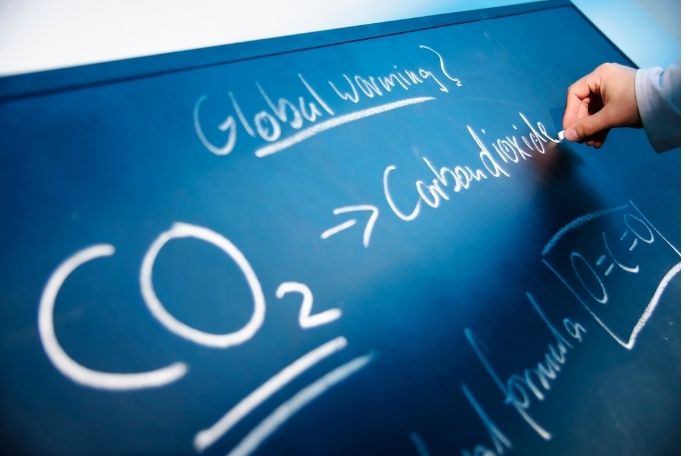Lesson summary
In this tuning in activity students are asked to think about what they already know of climate change and to use this knowledge to make predictions about what will happen to our environment in the future. Students begin by identifying environmental problems that they know about and want to know about. Working collaboratively, students will then identify their top 10 environmental problems and will speculate on how different the environment of 2200 will be to the environment of today. Finally students are asked to create a timeline of environmental change for the future.
These activities “… are an invaluable tool for teachers to address climate change in an educationally relevant, scientifically sound, and action-based way.” – Tim Flannery
Learning intentions:
Students will...
- identify their existing knowledge around climate change and major environmental issues
- make predictions about environmental change.
Lesson guides and printables
Curriculum links
Select your curriculum from the options below.
Lesson details
Curriculum mapping
Australian Curriculum content descriptions:
Year 7 Science:
- Science and technology contribute to finding solutions to a range of contemporary issues; these solutions may impact on other areas of society and involve ethical considerations (ACSHE120)
Year 8 Science:
- Science and technology contribute to finding solutions to a range of contemporary issues; these solutions may impact on other areas of society and involve ethical considerations (ACSHE135)
Year 9 Science:
- People can use scientific knowledge to evaluate whether they should accept claims, explanations or predictions (ACSHE160)
Year 10 Science:
- Global systems, including the carbon cycle, rely on interactions involving the biosphere, lithosphere, hydrosphere and atmosphere (ACSSU189)
General capabilities: Critical and creative thinking.
Cross-curriculum priority: Sustainability OI.1.
Syllabus Outcomes: SC4-11PW, SC5-13ES, SC5-12ES.
Time required: 60 mins
Level of teacher scaffolding: Medium – Oversee activity and facilitate discussion
Homework and extension opportunities: Includes opportunities for homework or extension.
Resources required
- Internet access
- student worksheet
- Y-chart (download and print or ask students to create their own)
- materials for creating timeline (drawing materials or online tools such as Capzles)
- Infographic creation (DIY infographic background information)
- digital sharing capabilities.
- Key reading from We Are the Weather Makers: Introduction – What is climate change?
- Further reading from the book: Chapter 15 – Rising `Waters, Chapter 21 – The End of Civilisation?, Chapter 30 – Over to You
Additional info
Digital technology opportunities: Infographic creation (DIY infographic background information), digital sharing capabilities.
Homework and extension opportunities: Includes opportunities for homework or extension.
Cool Australia would like to acknowledge:
- Tim Flannery
- David Harding, Rose Iser, Sally Stevens
- Text Publishing and Purves Environmental Fund
- Climate Council


Welcome back!
Don't have an account yet?
Log in with:
Create your free Cool.org account.
Many of our resources are free, with an option to upgrade to Cool+ for premium content.
Already have an account?
Sign up with:
By signing up you accept Cool.org's Terms and Conditions(Opens in new tab) and Privacy Policy(Opens in new tab).